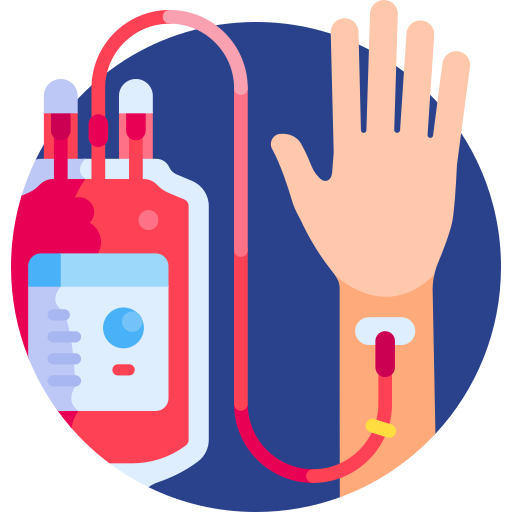The main contact for this toolkit is ggc.bloodtransfusionrds@ggc.scot.nhs.uk
NHSGGC Library Network provides library and information services to all staff working within NHSGGC and its partner organisations.
Tactuum is a software company based in Glasgow, with an office in the US. Tactuum’s mission is to improve healthcare services through the delivery of digital services supporting healthcare providers and patients.
